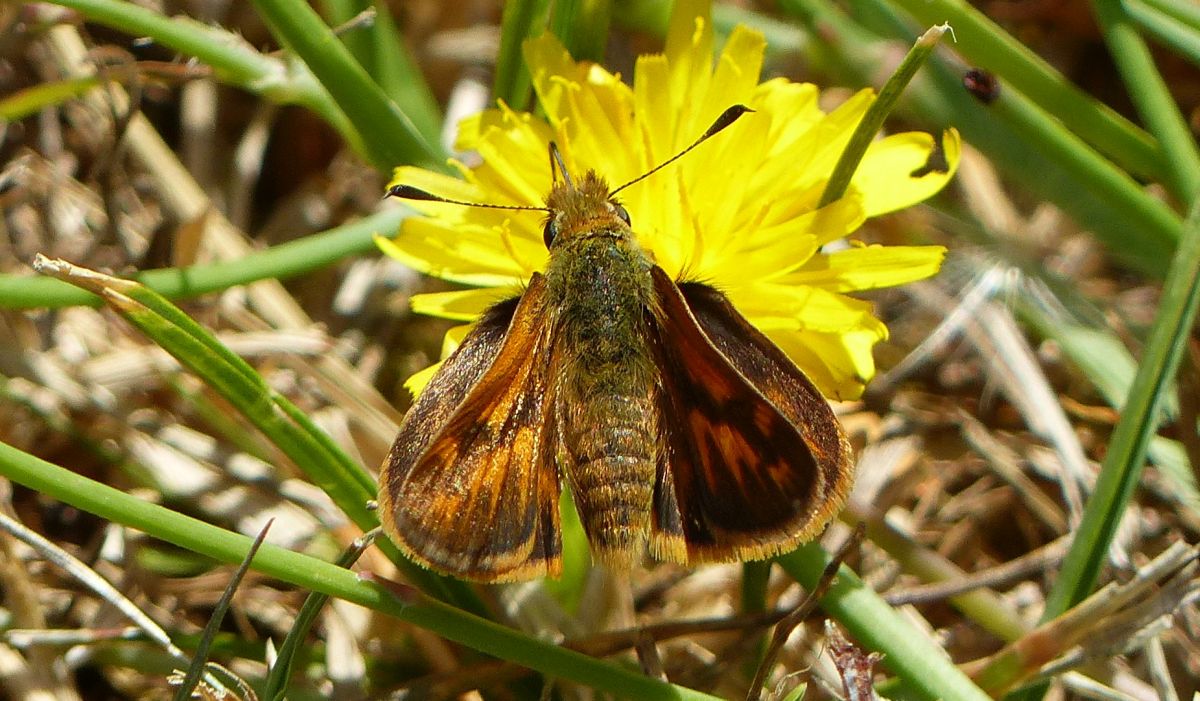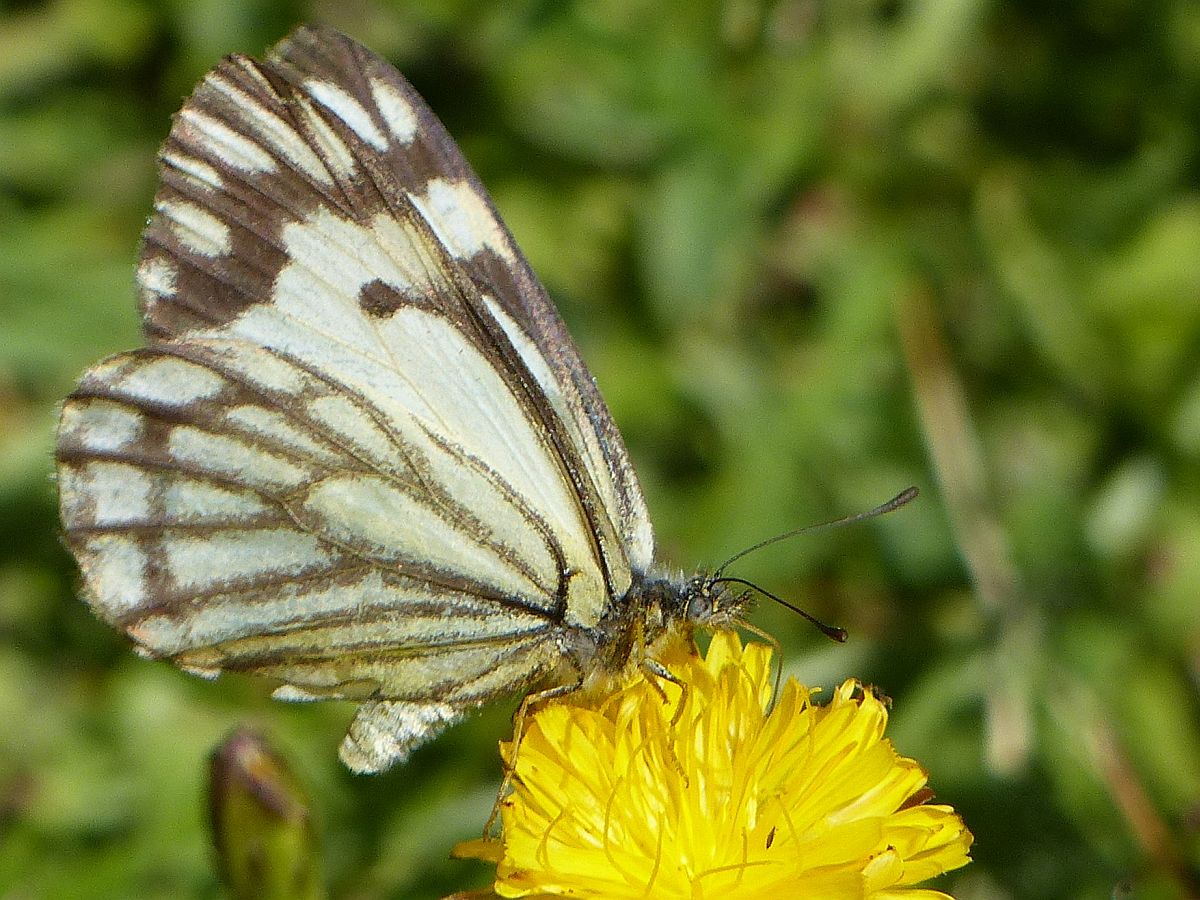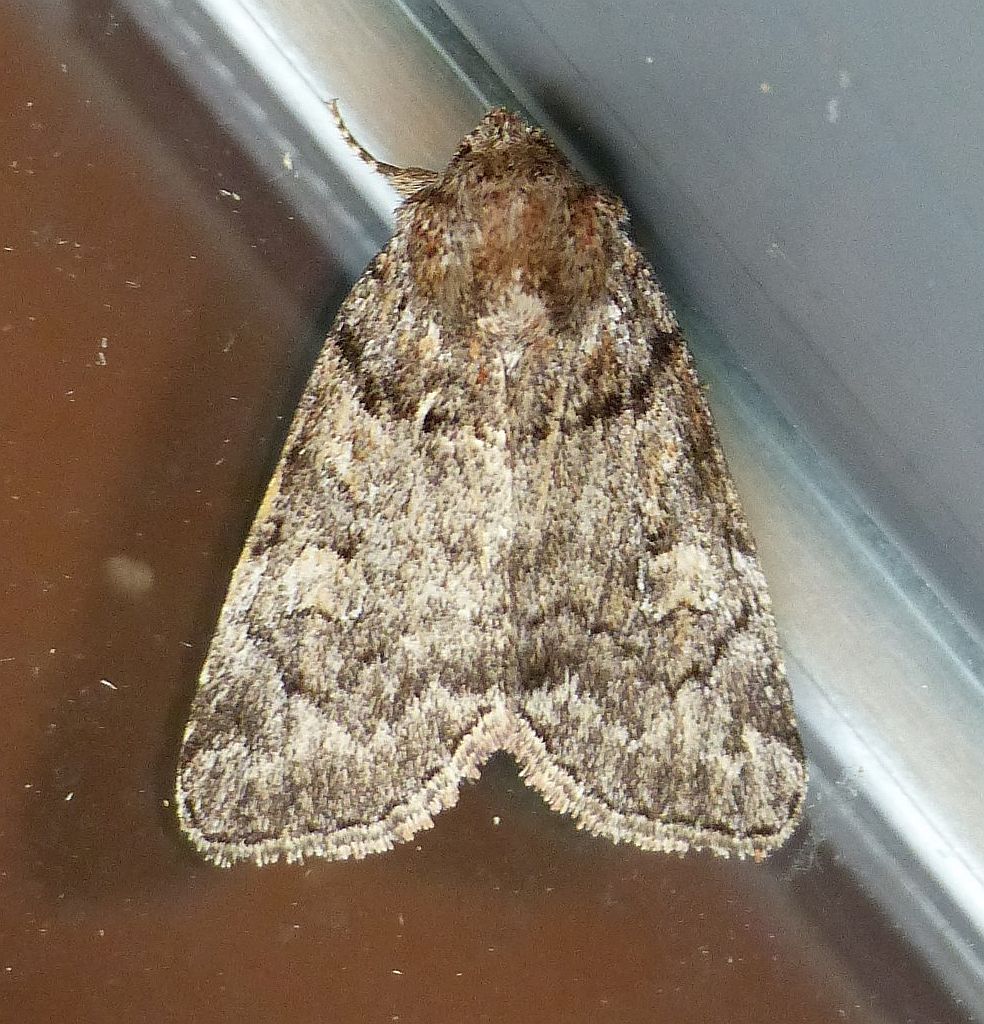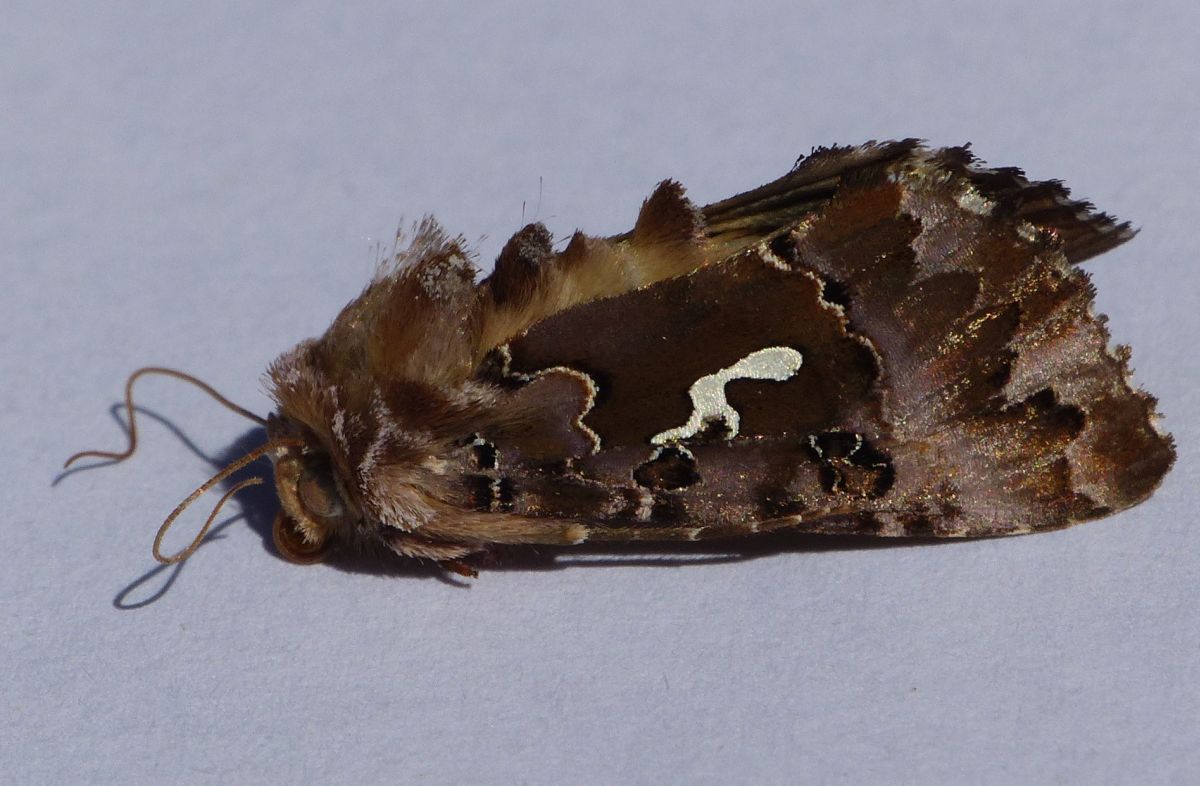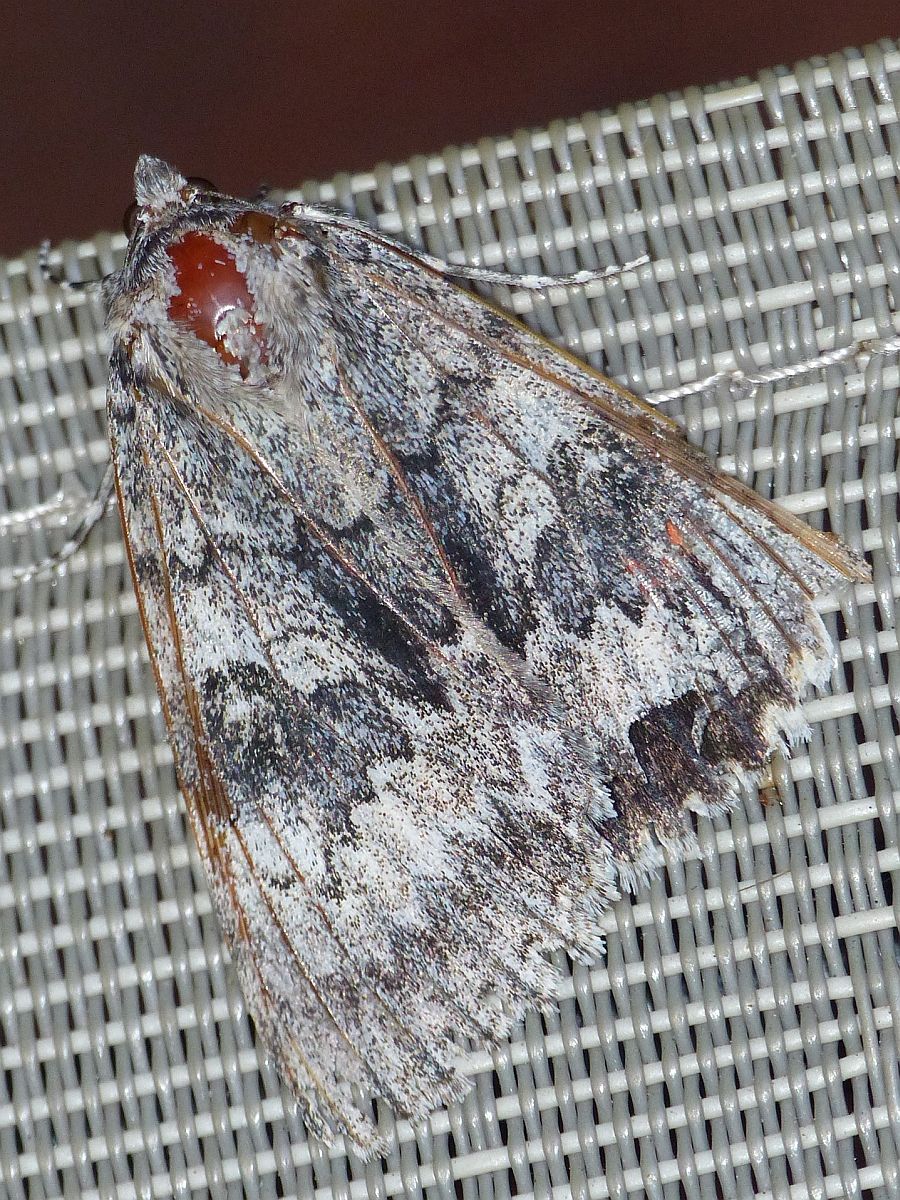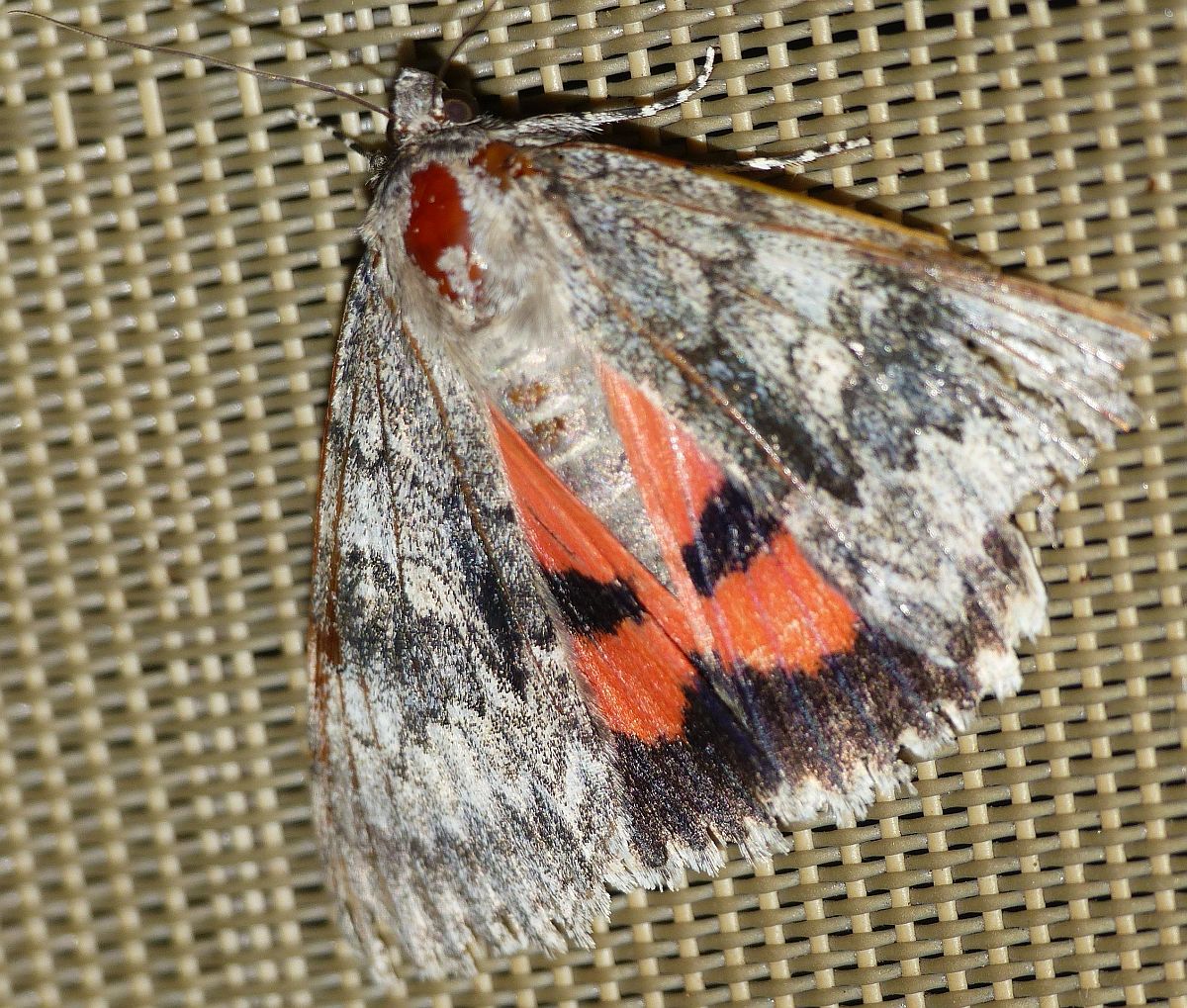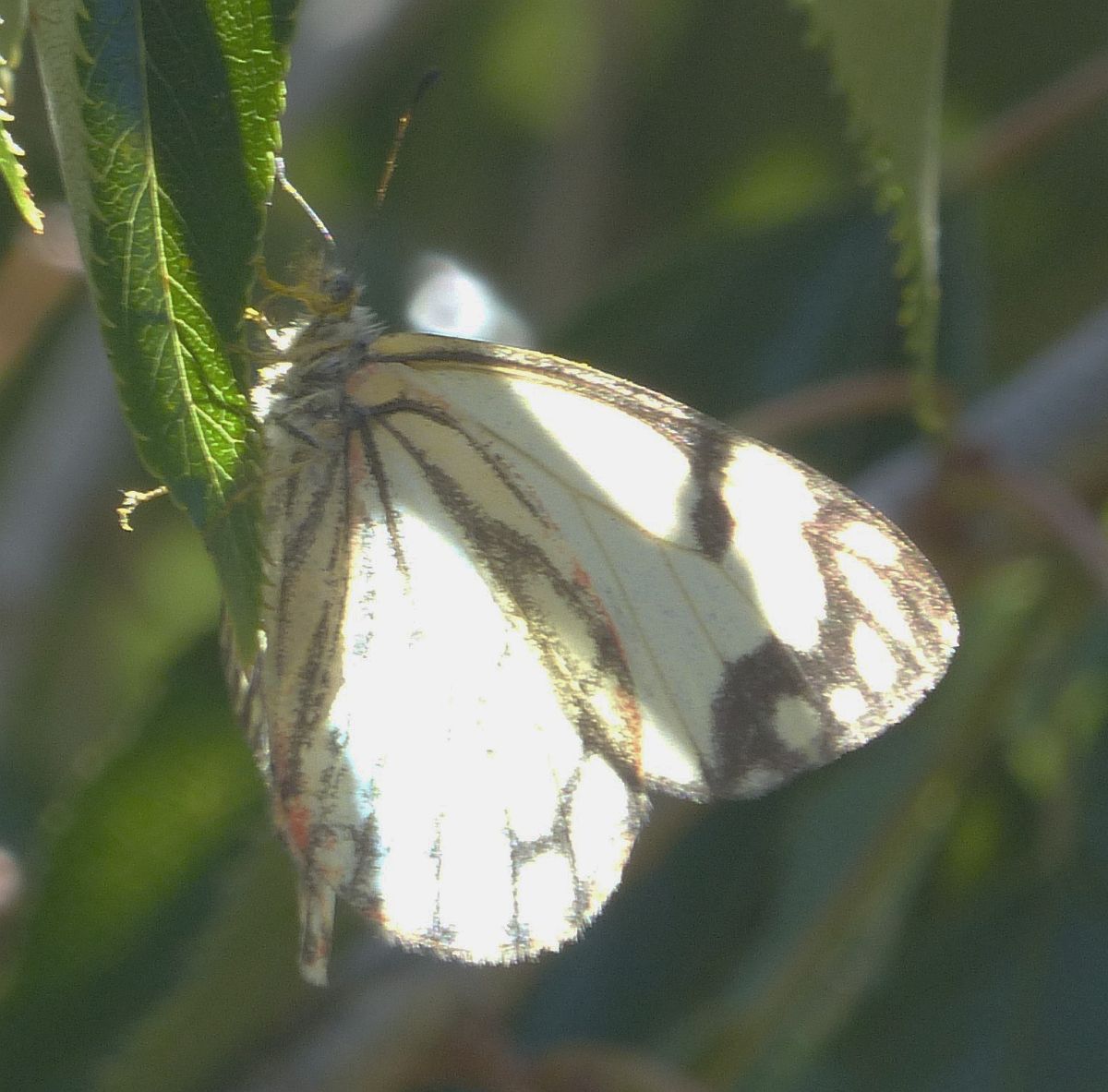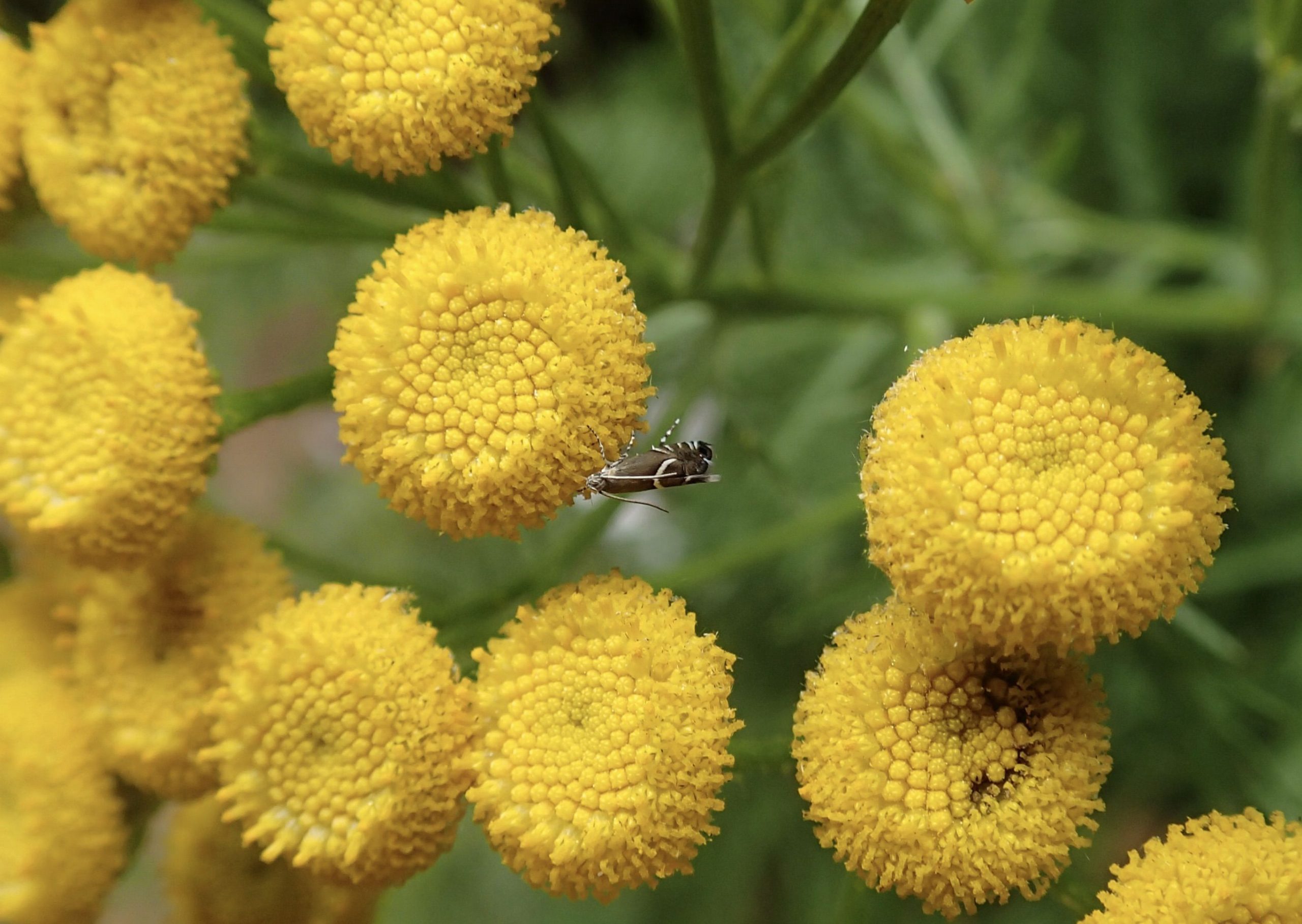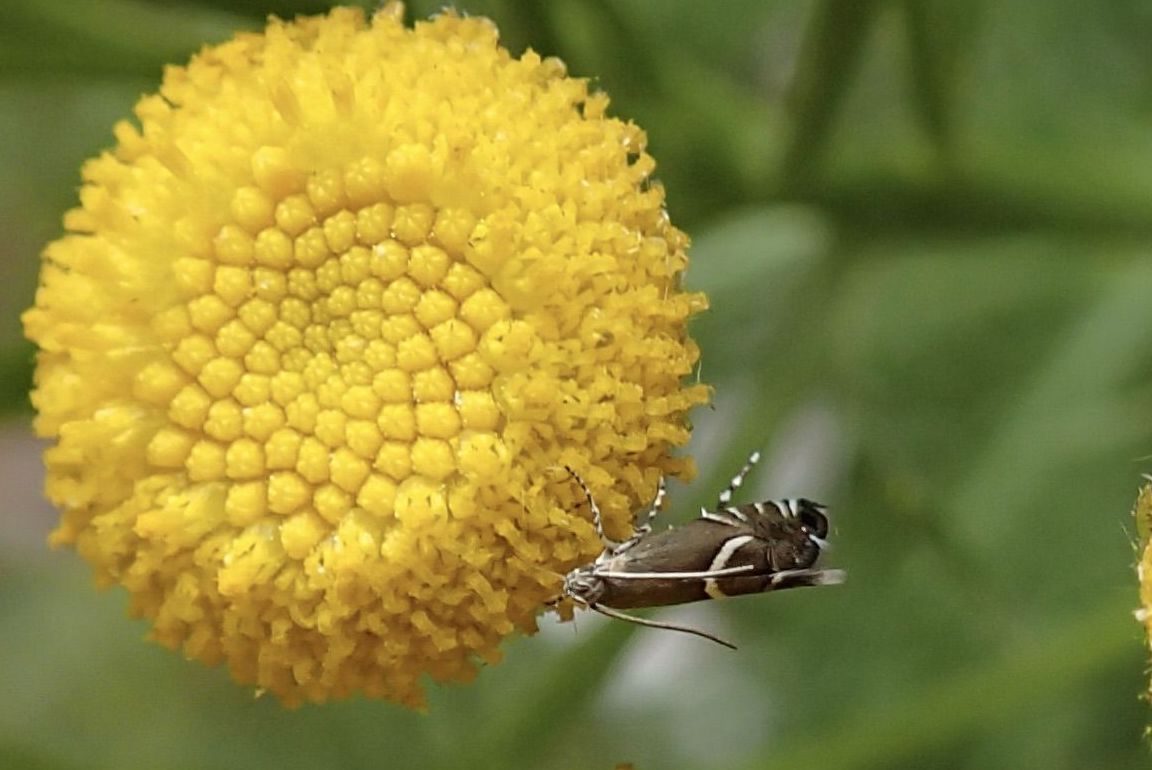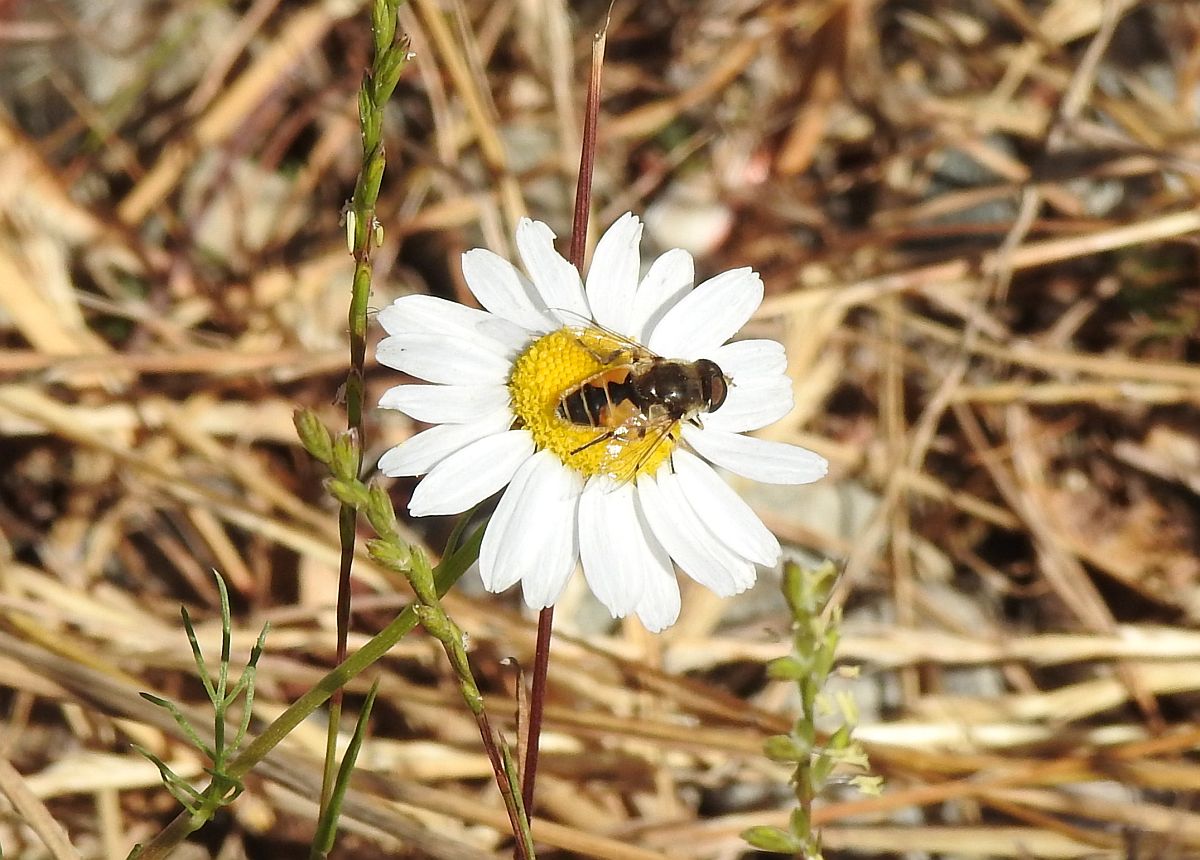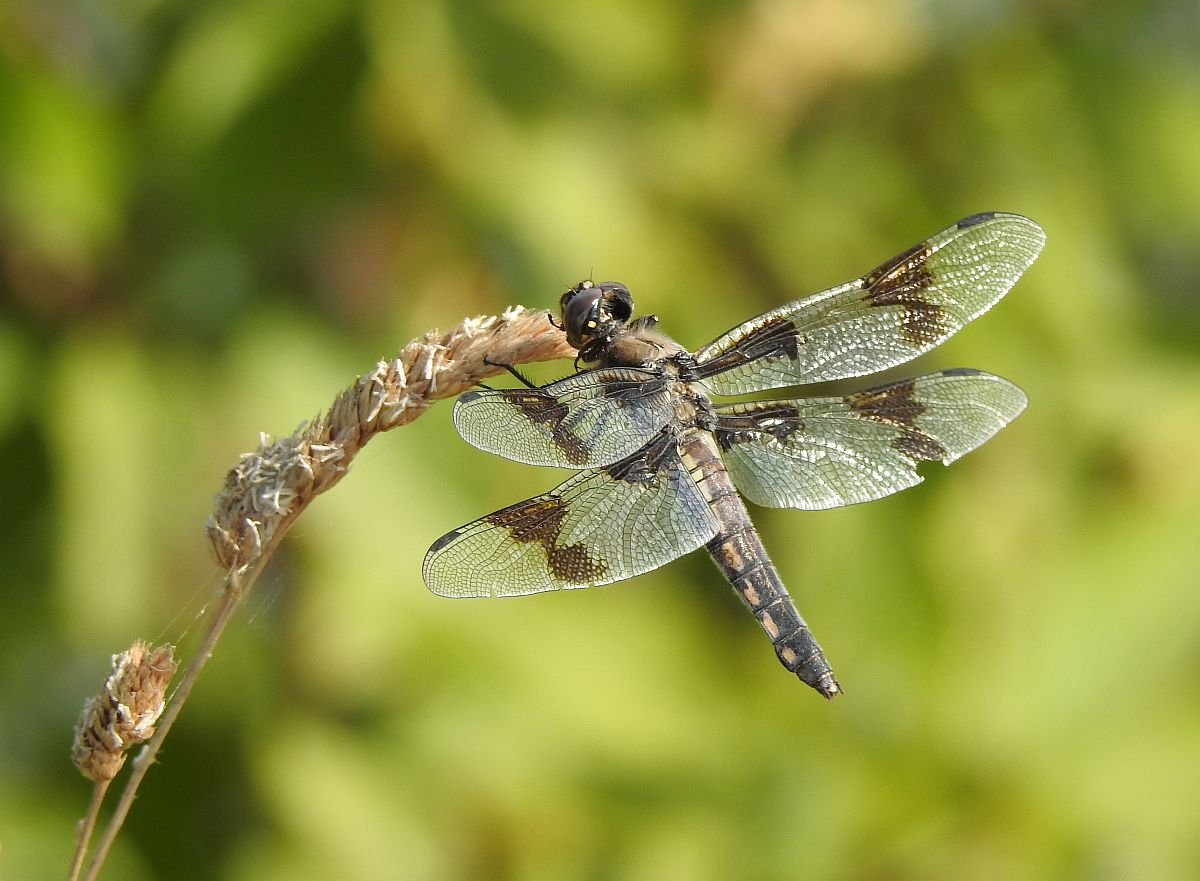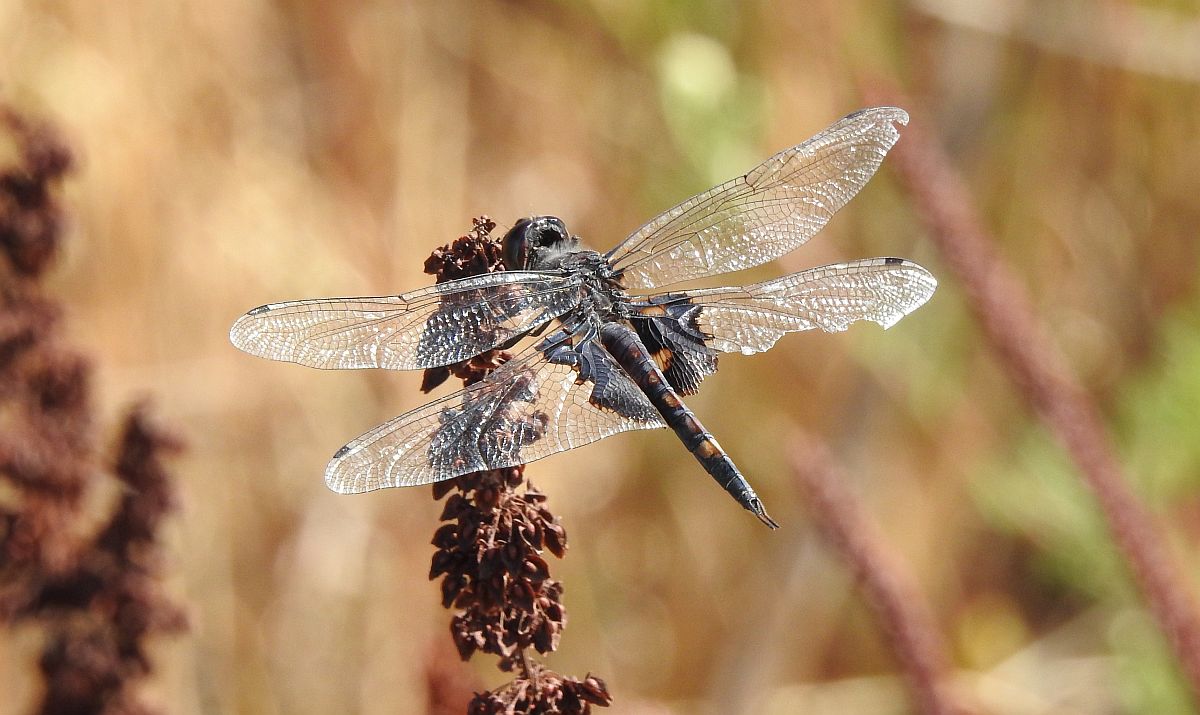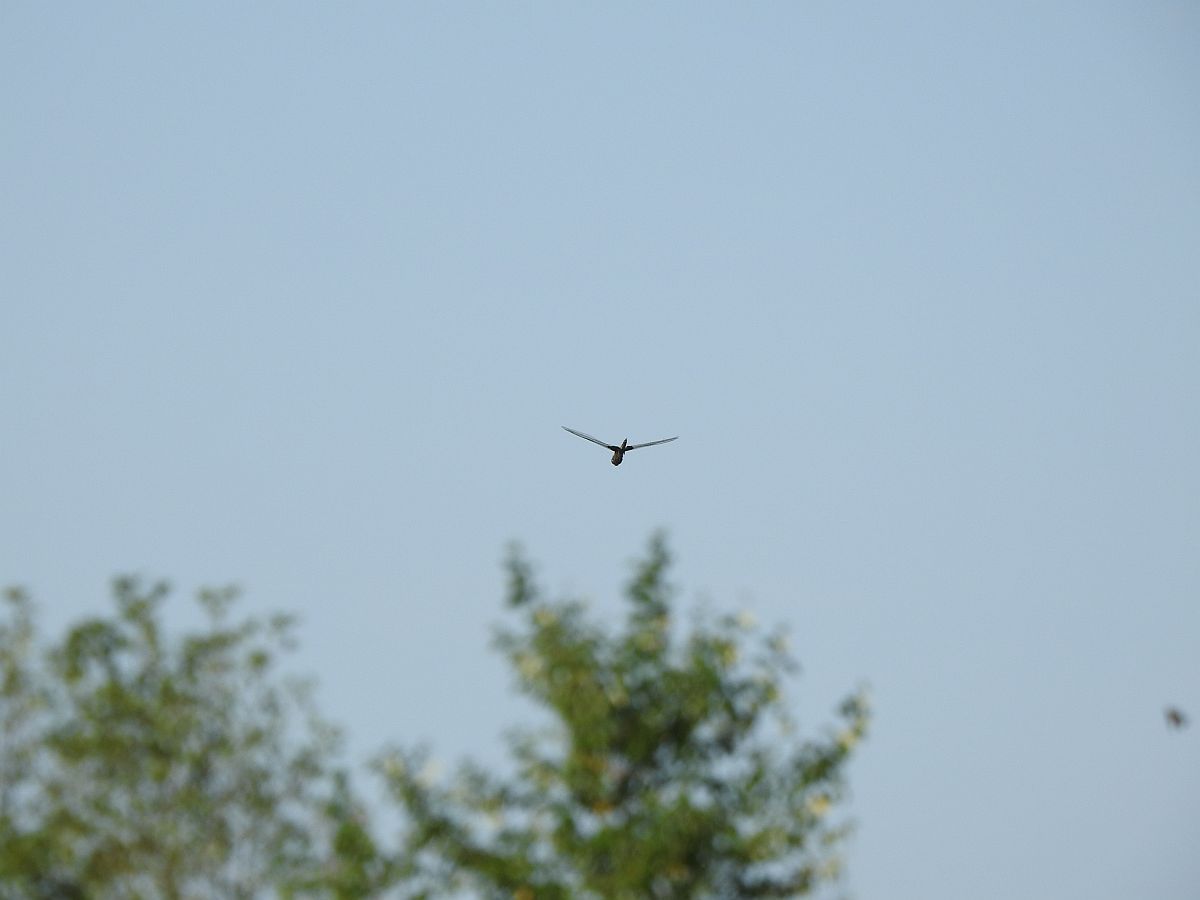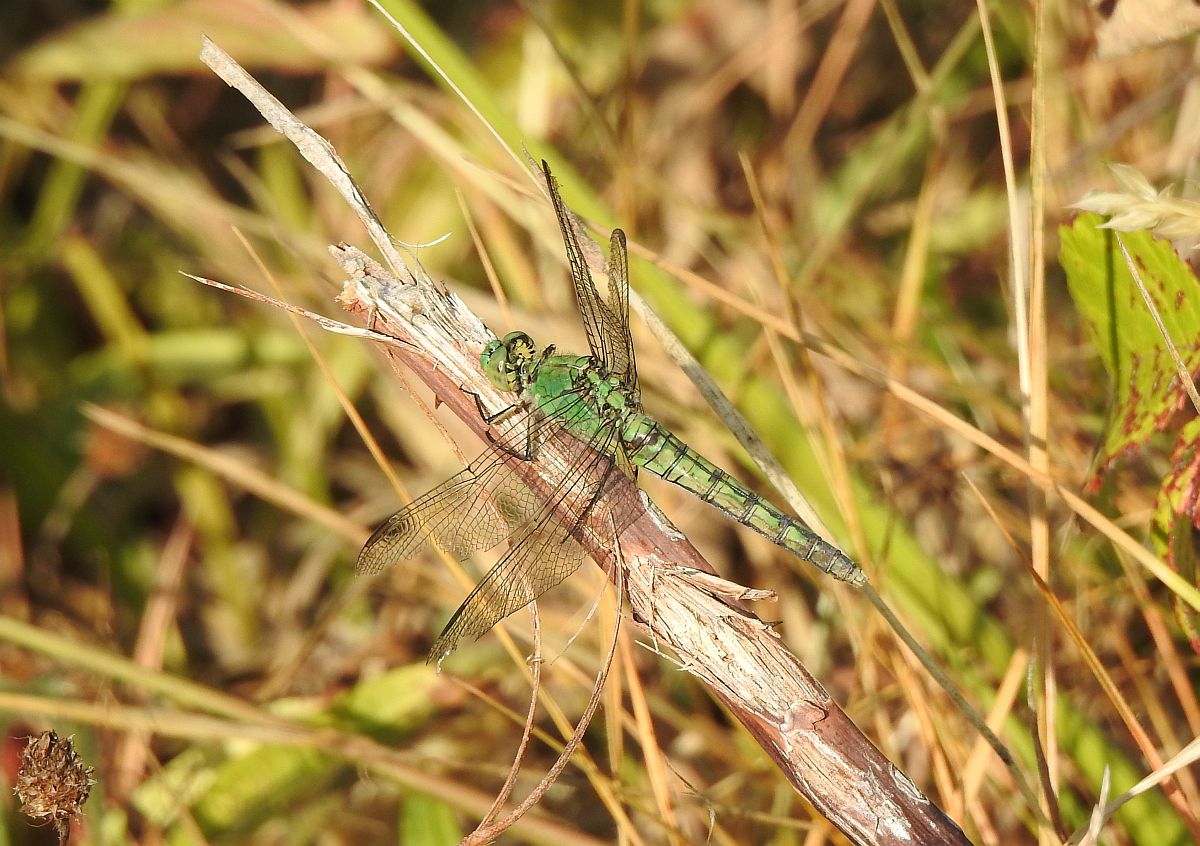2021 August 5 afternoon
Colias Alert! Yes! I saw Ron’s Orange Sulphur on the Teasels at McIntyre reservoir (McIntyre Road, Central Saanich) this afternoon. Most of the large Teasels near the road are brown by now, but further in, away from the road (it is very dusty underfoot) the small Teasels are still in flower, and that’s where I saw the Sulphur.
Last time we had a large sulphiur invasion, I tried to distinguish between the Orange Sulphur and the Clouded Sulphur by trying to see details of the spots on the underside of the hindwing, believing that one can’t distinguish the species merely by their colour. I believe I was wrong in this, and we probably had a few genuine Clouded Sulphurs, which I dismissed as Orange Sulphurs because I couldn’t see any difference in the spots. I am now of the belief that it is quite diifficult to discern small details (variable in any case) in the spots in the field, and that the general background colour is more than adequate to distinguish the species.
The Orange Sulphur is a deep, deep yellow, with much more than a suspicion of orange. The orange is more emphatic on the upperside, which the butterfly rarely shows when settled, so the orange is more readily seen on the butterfly in flight. The Clouded Sulphur is a much paler lemon yellow without a hint of orange.
Also seen at McIntyre reservoir – Black Saddlebags dragonfly.
